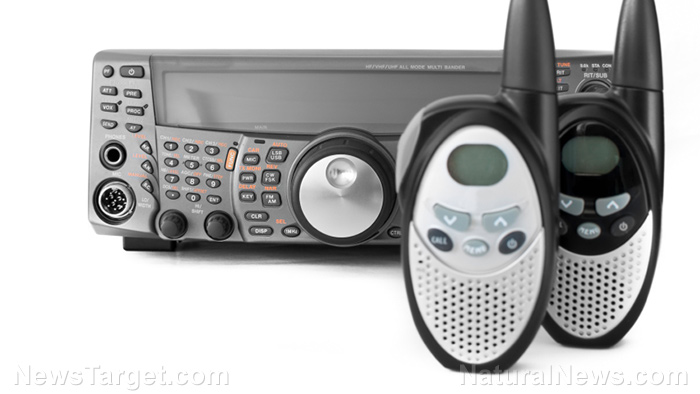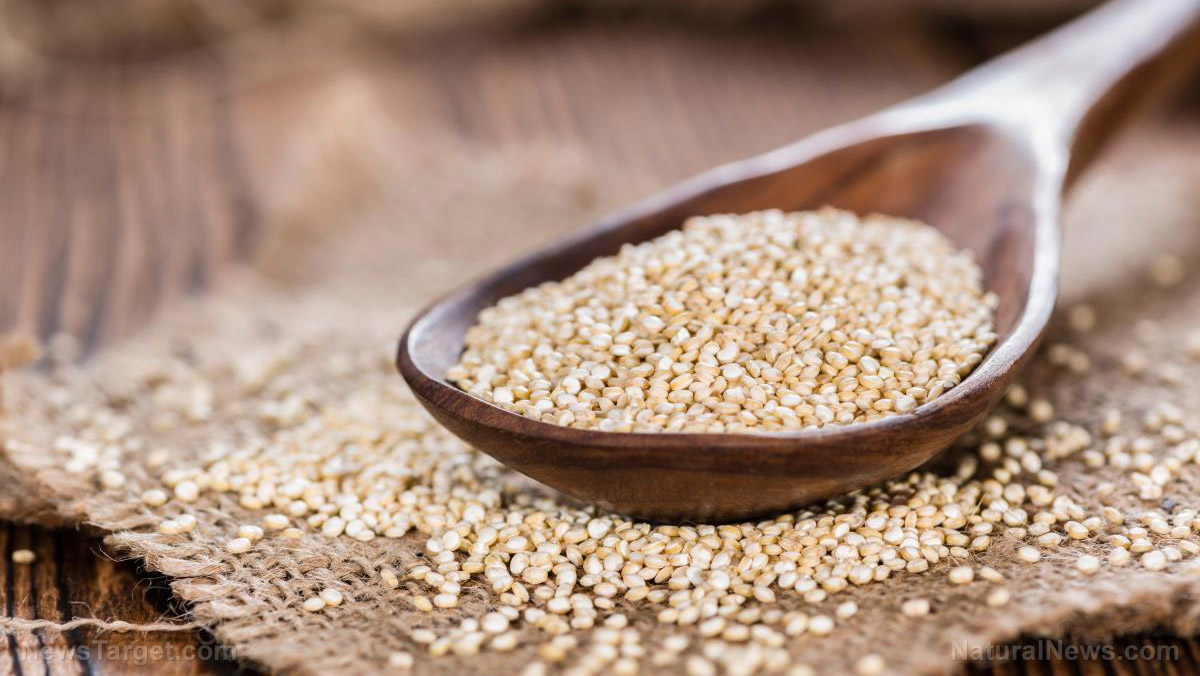Survival essentials: 10 C’s of wilderness survival
08/09/2021 / By Divina Ramirez

When packing your survival kit, it’s easy to get carried away by adding various tools and supplies. But you only really need a few basic but versatile tools to survive in any situation. Survival expert David Canterbury thought as much, which led to him creating the “10 C’s of Survival” list.
The 10 C’s of survival is by no means an exhaustive list. Instead, think of the tools included on the list as forming the core of any good survival kit or bugout bag (BOB).
On that note, here’s a closer look at the 10 C’s of survival: (h/t to PreppingWithDave.com)
1. Cutting tools
Cutting tools, such as knives and axes, are the most important tools for wilderness survival. You’ll need one for cutting ropes, slicing food and chopping wood, among other things.
As such, you should always have a sharp, high-quality knife in your BOB or survival kit. It should be big enough to cut through wood but small enough for tasks like whittling or butchering game.
The blade itself should be crafted from a durable material like high-carbon steel, which will throw sparks when scraped against a sharp-edged hard rock.
You can also pack other cutting tools, such as axes or folding saws, so that you don’t quickly dull your knife.
2. Combustion tools
The ability to make a fire in any weather condition is essential for survival. Without fire, you’re at the mercy of the elements. You also won’t be able to boil water for washing and drinking or cook food if you don’t have combustion tools or firestarters with you.
Pack at least two combustion tools in your BOB or survival kit. Waterproof matches, ferro rods, fire steels, blast matches and lighters are all viable choices. (Related: Survival essentials: 6 Things to include in a survival fire starter kit.)
You should also pack some tinder, such as pieces of bark, dry pine needles and wood shavings, so you can quickly get a fire roaring.
3. Cover
Clothes, blankets and tarps will protect you from the elements. Consider grabbing some durable boots, a thick, waterproof jacket and some gloves if you don’t already have them.
It’s also a good idea to have something like an emergency blanket. These blankets have a shiny side that reflects your body heat back to you to keep you warm. Emergency blankets are also waterproof, so you can use yours to build a shelter in a pinch. You could also pack a hammock, a sleeping bag or a tent, but these can take up too much space in your BOB or survival kit and slow you down.
4. Containers
You will need containers for hauling and boiling water, cooking food and storing important supplies. Containers made of stainless steel are best since they are extremely durable.
5. Cordage
Cordage is one of the most versatile items on this list. You can use it to bind and build implements, tools or shelter. It can even be used to make snares for hunting small game.
Pack cordage of different sizes and materials. Thin cordage is handy for binding small things, while the thicker ones are useful for tying down tarps and securing large, heavy objects.
6. Cotton bandanas
Cotton bandanas are great for filtering water and keeping the sun off of your head. You can also use them for first aid purposes, such as when making a sling for an injured limb or a tourniquet for bleeding wounds.
7. Cargo tape
What Canterbury calls “cargo tape” is simply duct tape, a versatile item that cannot be replicated in the wild. You can build and repair nearly anything with it. It’s lightweight and will take up very little room if you wind it around the sheath of your knife, a bottle or another item that’s already in your BOB or survival kit.
8. Compass
Any quality compass will help you find your way in the wild. Try to get one with a built-in mirror, which you can use to signal for help in an emergency.
9. Canvas needle
A canvas needle is much larger than standard needles. It can be used to repair virtually any torn equipment and remove thorns, stingers or splinters. For safekeeping, slip the needle inside the sheath of your knife.
10. Candling tool
The candling tool in this list simply refers to a light source, like headlamps and flashlights. Most headlamps don’t have the range of flashlights, but they are useful if both of your hands are occupied.
A flashlight, on the other hand, also doubles as a self-defense weapon. By aiming it into the eyes of an attacker, you can temporarily blind them and use that opportunity to escape.
Go to Survival.news for more wilderness survival tips.
Sources include:
Tagged Under: bugout, David Canterbury, Gear, off grid, outdoors, preparedness, prepper, prepping, self-reliance, SHTF, survival, survival gear, Survival Tips, survival tools, wilderness
RECENT NEWS & ARTICLES
COPYRIGHT © 2017 GEAR.NEWS
All content posted on this site is protected under Free Speech. Gear.news is not responsible for content written by contributing authors. The information on this site is provided for educational and entertainment purposes only. It is not intended as a substitute for professional advice of any kind. Gear.news assumes no responsibility for the use or misuse of this material. All trademarks, registered trademarks and service marks mentioned on this site are the property of their respective owners.




















